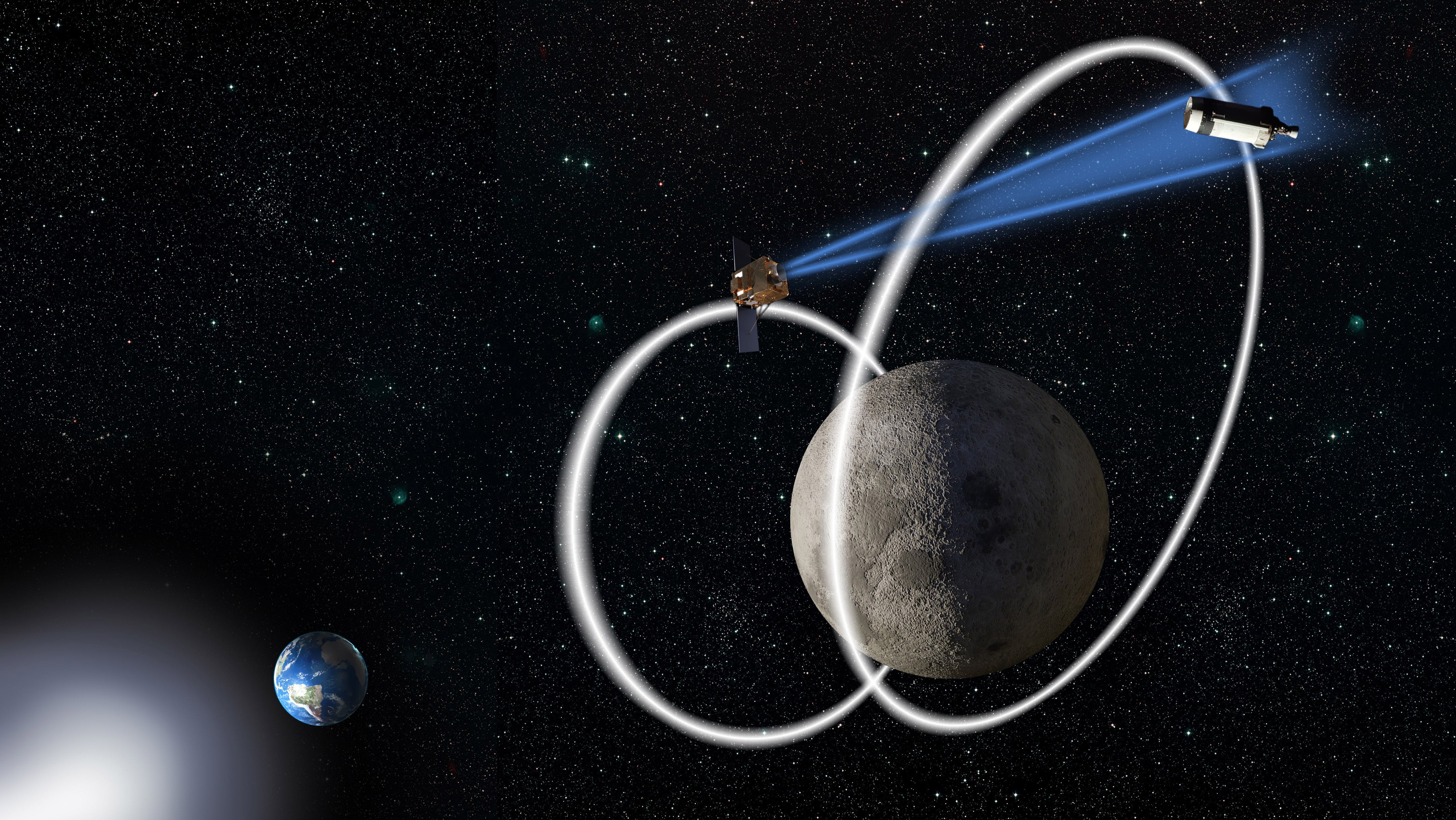WASHINGTON — The U.S. Space Force stood up the 19th Space Defense Squadron this month in Dahlgren, Virginia, to focus on cislunar space domain awareness, Lt. Col. Matthew Lintker, the force’s Space Delta 2, said during the April 20 C4ISRNET conference.
According to the squadron’s Facebook page, the unit was stood up on April 6, and features an insignia of a Kraken wrapped around the Space Force’s Delta symbol.
NASA, Space Systems Command and Space Force already have a close relationship when it comes to working on human spaceflight support including collision avoidance for the International Space Station and exploration of the cislunar domain, Lintker said.
“We’re working with NASA, we’re working with the Air Force Research Lab, Space Systems Command (SSC) to bring in all this expertise that’s out there to improve [space] security and defense,” he said, but specifically within Space Force, the 19th Space Defense Squadron has been tasked to focus on cislunar sensors and systems that end up in that domain because they have “capacity and bandwidth to focus on that, and that way it’s not coming at the expense of all the other missions that I currently do today.”
Cislunar space is the area between geostationary orbit, which is more than 22,000 miles above the Earth’s surface, and the moon’s orbit.
The Defense Department has made a notable shift in its posture toward cislunar space in the last few years – from viewing potential deep-space threats as part of a far-off future to recognizing that those threats may present much sooner. And the increased activity isn’t just adversarial, but also commercial.
“The concerns and kind of the focus area we have from the military standpoint is there is a huge interest that goes beyond [geosynchronous orbit] within not just China and Russia but a whole host of people and the reality is that when people extend beyond [Low-Earth Orbit] LEO you get into… there’s military risk associated with that,” Lintker said.
The Space Force is increasing its effort and focus on better articulating that risk, he added.
Speaking earlier this year at a Mitchell Institute event, Chief of Space Operations Gen. John Raymond said he expects the Space Force will have a cislunar domain awareness capability on orbit within the next five to 10 years.
The Air Force Research Laboratory recently said it planned to award a contract as soon as this summer for a new experiment on cislunar domain awareness to help the U.S. military observe and track objects that reside in that space between geostationary orbit and the moon.
AFRL is soliciting bids to build a Cislunar Highway Patrol System, or CHPS, with an eye on a 2025 launch date.
CHPS is one of several AFRL programs focused on cislunar space operations which will demonstrate the use of small satellites for a range of missions. These efforts include a portfolio of demonstrations and experiments using satellites focused on cislunar space domain awareness and logistics.
Jen Judson is an award-winning journalist covering land warfare for Defense News. She has also worked for Politico and Inside Defense. She holds a Master of Science degree in journalism from Boston University and a Bachelor of Arts degree from Kenyon College.








